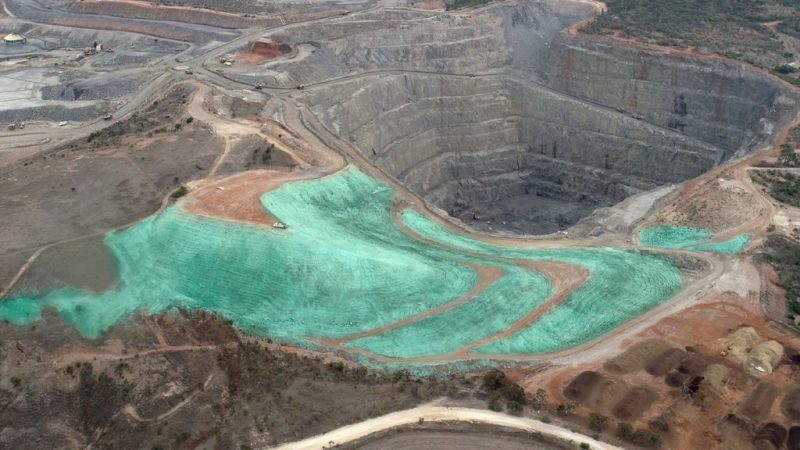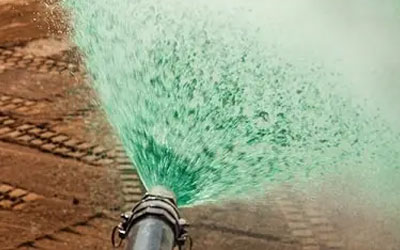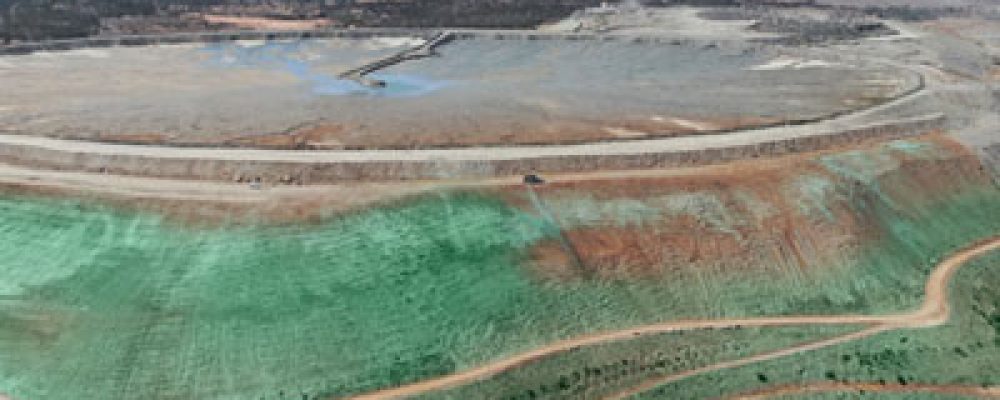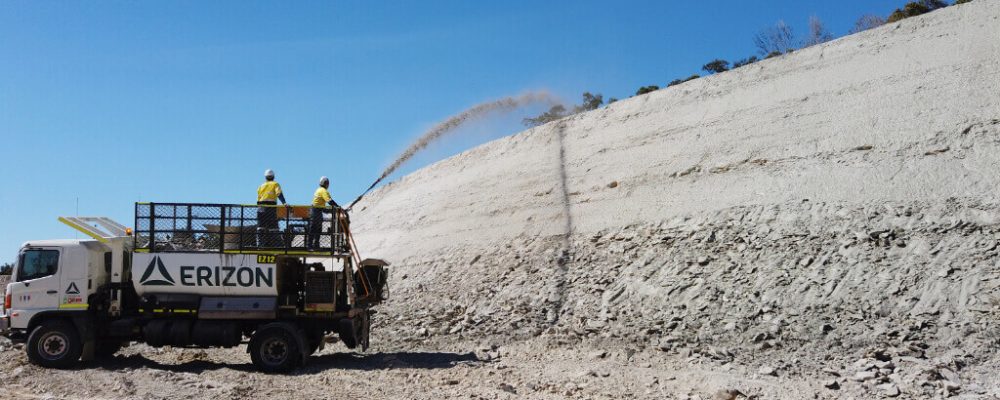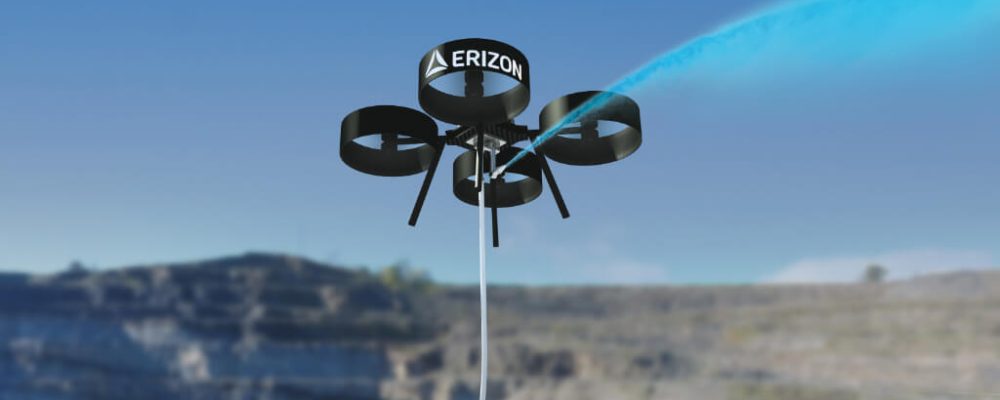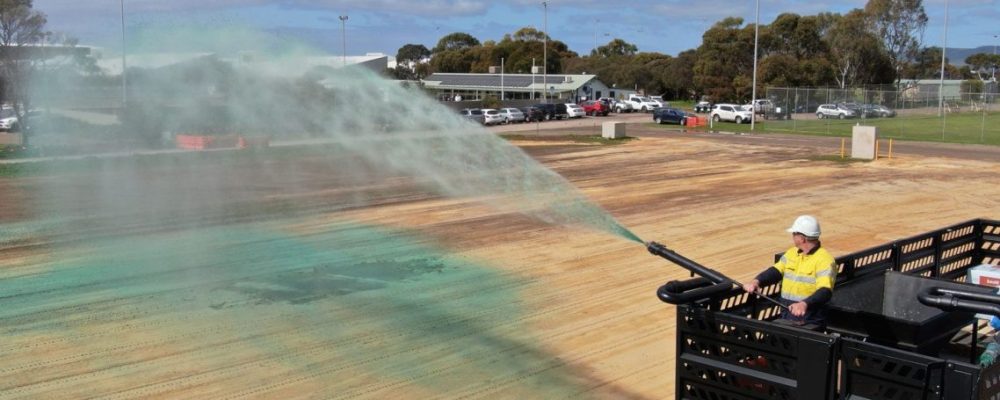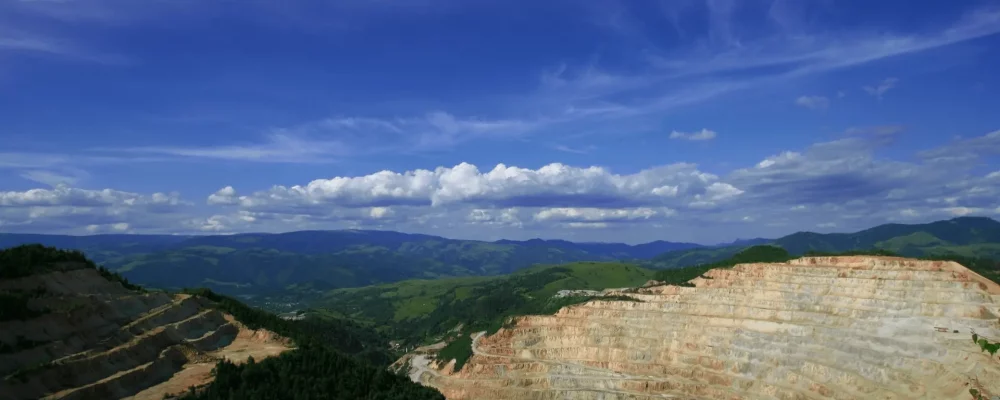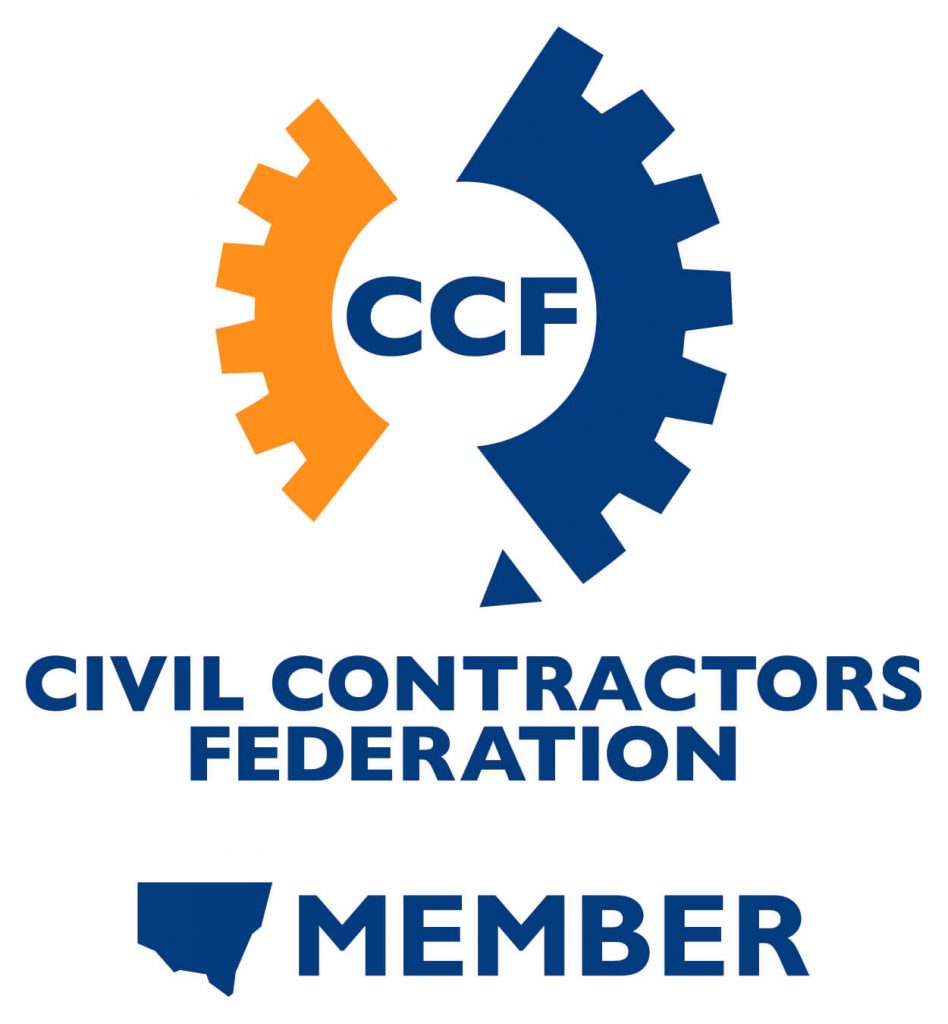Hydromulching can be confusing at first glance with so much information available on both Hydroseeding and Hydromulching, some of which only applies to one or the other, or changes based on location and local environmental concerns. Here we break down what you need to know about hydromulch specifically when planning your project.
What is Hydromulch?
Hydromulching is a process which applies a mix of wood fibre mulch, fertiliser, seed, water, and a tackifier often used to reinvigorate damaged or disturbed land. Hydromulch is ideal for revegetating large tracts of land quickly and efficiently, especially areas that sloped or otherwise hard to access. The hydromulching process is commonly used for dust suppression, erosion control, and rehabilitation of damaged land from bush fires, industrial work, or mine sites.
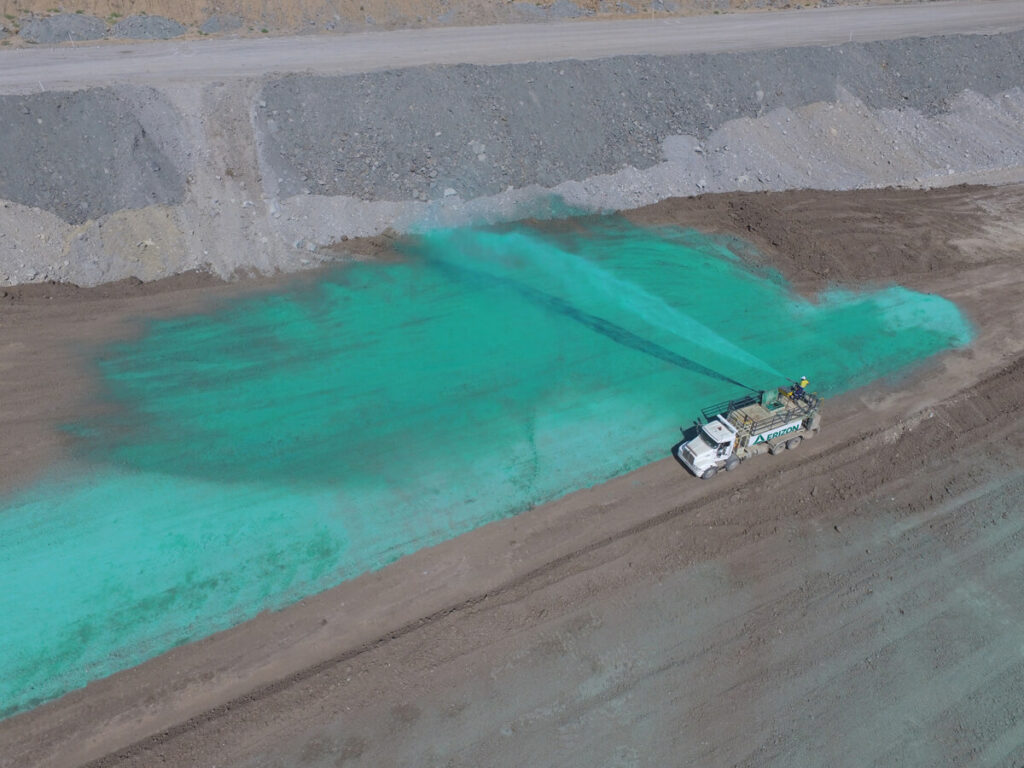
While hydromulching and hydroseeding are often confused or used to refer to the same thing there is a difference. Hydromulch includes a wood fibre mulch which hydroseeding lacks, the mulch protects the seed from birds and wind or rain displacement while helping control erosion or dust until the vegetation begins to grow.
What are the benefits of hydromulch?
The benefits of hydromulch seeding are easy to see. Hydromulch is the superior choice to revegetate difficult to reach or sloped land and can eliminate many accessibility challenges that arise with revegetation projects. In locations where rain or erosion is a problem the mixture of mulch and tackifier combine to create a mat that not only protects the seeds from displacement but also works as an immediate form of dust control even before the vegetation begins to grow.
The wood fibre mulch in the mix helps retain up to 10 times it’s weight in water which stimulates fast germination while lowering watering needs by up to half what other methods may require. Due to the ideal growing conditions created by the mulch, the seeds can begin to germinate and sprout in as little as five to seven days. Over time as the vegetation grows and takes over the mulch degrades into nutrients that help promote the continued growth of the vegetation, leaving a healthy covering of vegetation behind.
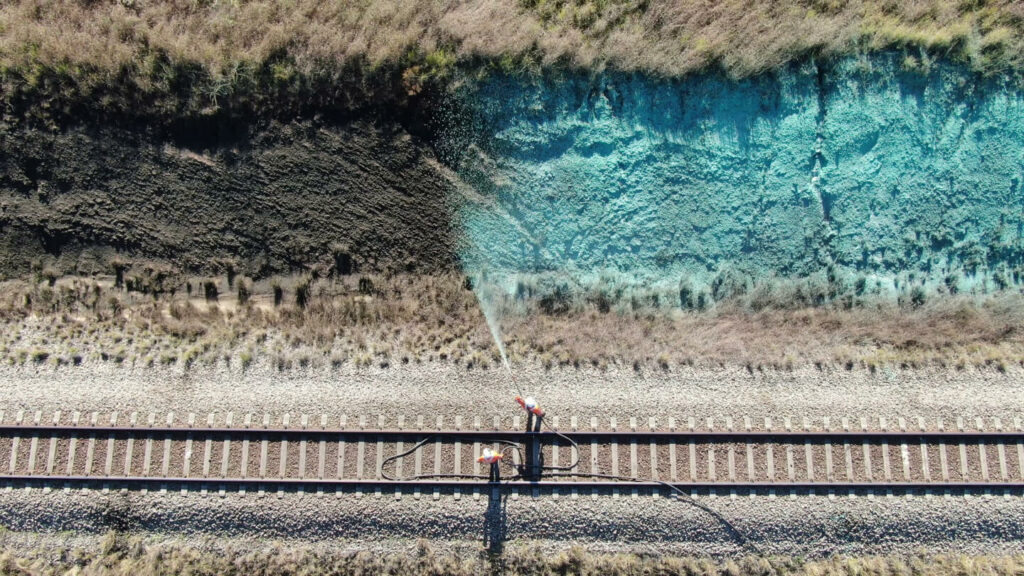
Quality is always an important consideration and hydromulching delivers high quality results. The application process results in an even coverage across the entire area eliminating any bare patches. The quality of the vegetation itself is also important and hydromulch seeding provides quality results here too. Hydromulched areas resist disease and pathogens while eliminating most weed growth. The strength of the vegetation created by the hydromulch process helps it naturally dominate or resist unwanted weed growth or horticultural pests.
What should be planned and prepared before application?
It is recommended that soil testing be completed on all sites, the testing will determine the soil quality and what seeds will perform best in the location. Soil quality is very important for sustainable growth. Damaged or depleted soil caused by earthworks or mining operations often require fresh top soil or a tailored amelioration treatment before hydromulching. A rough or turned surface improves water infiltration but is not necessary in locations a grader can’t access.
If any irrigation or other maintenance systems are planned for the location it should be prepared and installed prior to the application of hydromulch. Any irrigation system should be set up to apply the water evenly over the entire area without eroding the mulch.
To encourage more immediate growth watering the site before the application of the hydromulch is recommended. The area should be watered to a saturated level for fastest results.
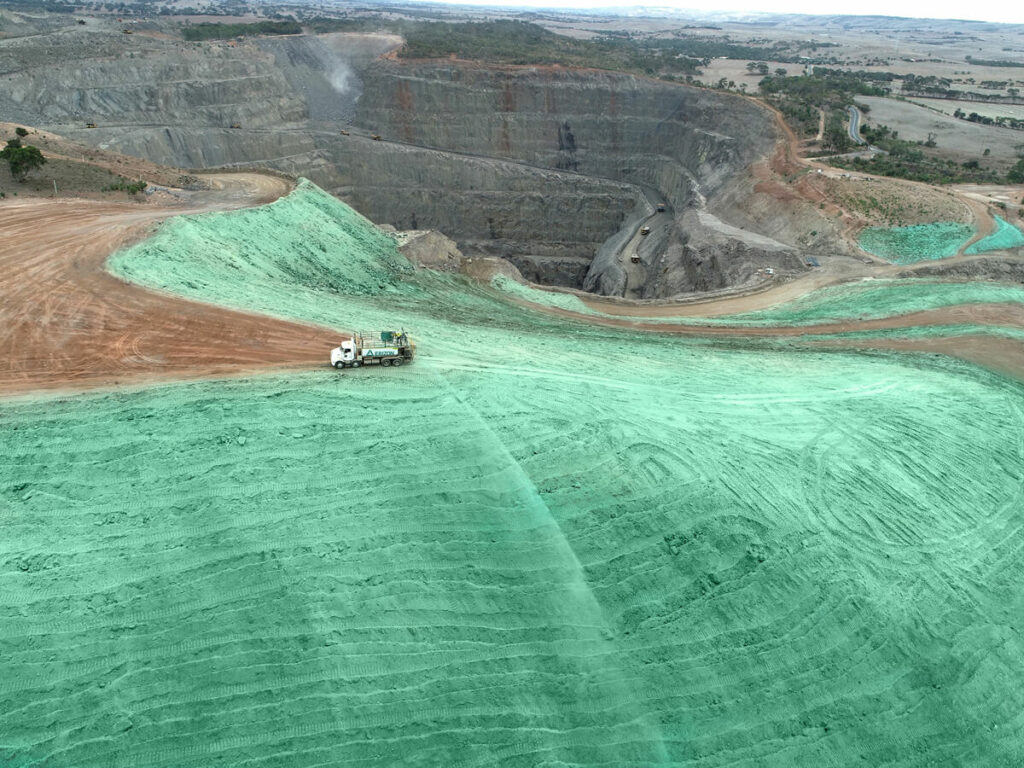
When planning your hydromulch project timing is important. Rainfall is an important factor to consider and can vary widely depending on your location. While rainfall is preferred to help encourage growth, heavy rain can potentially wash away the hydromulch mixture and topsoil.
If heavier rain is expected the hydromulch mix will need to be adjusted to increase the mulch and tackifier to help limit the impact of heavy rain. You’ll also want to avoid planting during dry periods as this will increase watering requirements, raising labour costs and water consumption. The ideal season for your project could be autumn, winter, or spring, for this reason it’s recommended you consult an expert when planning the timing of your project.
Post application care?
With adequate planning limited maintenance will be required after the hydromulch has been applied. Assuming the appropriate season was chosen the natural rainfall will meet the water requirements for growth. If there is an unexpected period of no rain or severe heat there is a risk the mulch may dry out which will affect the growth of the vegetation. In this case additional watering will be required.
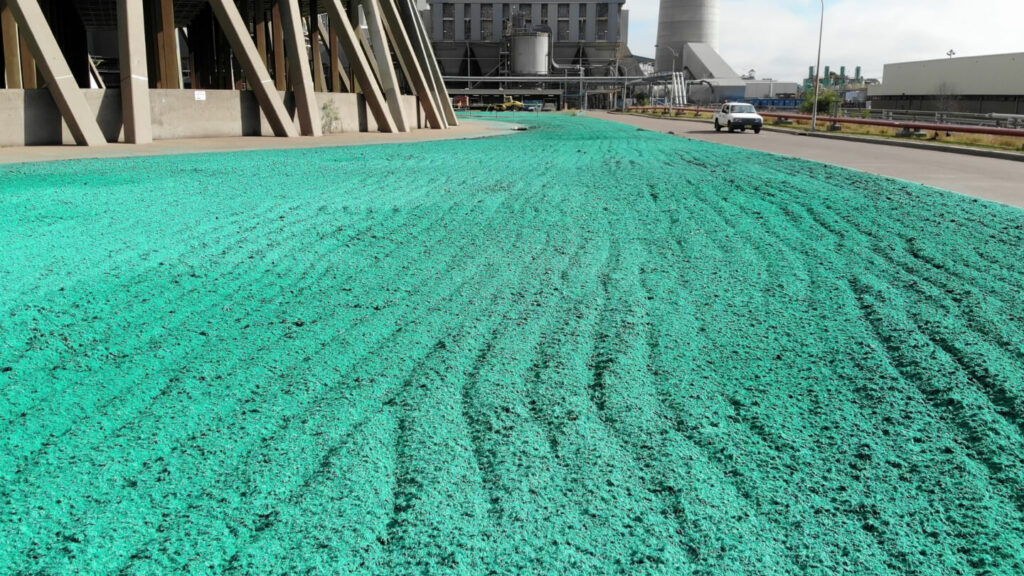
The wood fibre mulch included in the hydromulch mix breaks down to release the required nutrients for healthy growth and should eliminate the need for additional fertiliser. However in some rare cases it may be recommended to apply additional fertiliser after six weeks.
